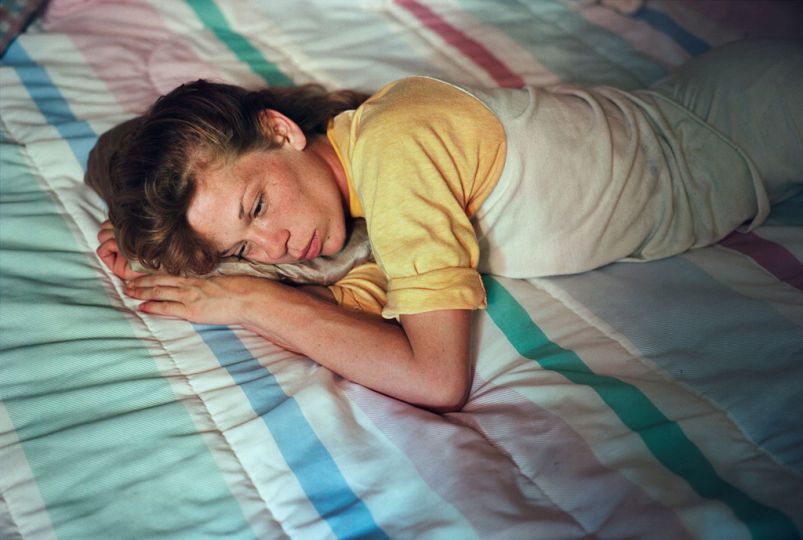“Collecting is a curious vice, it changes your whole life— your whole way of looking at the world.” – Samuel J. Wagstaff Jr., 1978
Sam Wagstaff was the ultimate amateur, doing for pleasure, not for work.
Standing at the entrance to « The Thrill of the Chase: The Wagstaff Collection of Photographs » at the J. Paul Getty Museum holds the rush of excitement a child feels at the top of the stairs on Christmas morning, anticipating a lode of treats, expected along with surprises, a bounty of delight.
Paul Martineau, curator of the exhibition has done a very fine job with this and the larger “Robert Mapplethrope: The Perfect Medium” for which the Wagstaff show is an appropriate companion piece (both on view until July 31st). Martineau essentially offers an historical survey filtered through Wagstaff’s remarkable and unique sensibility Many of the works may be familiar from Wagstaff’s “A Book of Photographs”, but that was published more than 25 years ago. This is not the Szarkowski or the Newhall canon. This is the vision of a man possessed and obsessed.
There are the 19th C. French beauties: the LeGrays and the Nadars; the American West: A.C. Vroman and William Henry Jackson; and some more personal choices: Gerald Incandela. The most idiosyncratic are two press prints of boxers. It would have been bold to have included even more obscure works by artists Wagstaff acquired in depth, like Kazumasa Ogawa with 834 works at the Getty or stereo specialists like Benjamin West Kilburn (363), Dr. W.R. Groves (115) and John B Heywood (98). It remains to be seen if this material will ever get a viewing.
But the installation and the catalogue reveal and revel. Martineau’s essay is full and offers insight into Wagstaff’s personal and public lives, as he lead the way in the photography collecting world of the 1970’s.
There are two great quotes. “Joy takes many aspects in photography – the joy of sadness, of forgetfulness, of outrageousness, the joy even of death” specifically referencing some darker work.
And this. “Photographs are the only interesting if they do something to you. Some images hit quickly and lose their power. This I would say is true for most news photography. Other images allow you to linger, allow you to return again and again to a special mind-place that is sexy in the best sense of the word – emotional, intellectual, and sensual”.
Eugenia Parry’s essay “Penitent” is more of a first hand accounting of her experience of and friendship with Wagstaff. She cites the psychologist James Hillman with “The soul sees by means of affliction” ethic oddly enough reflects her own intense desire in trying to sort out Wagstaff. She might have liked this from Hillman, “You find your genius by looking in the mirror of your life … “ adding that “it becomes critically important to see generously”.
Wagstaff and The Getty, in acquiring this collection more than 30 years ago and now exhibiting some highlights have given the world of photography a great and thrilling gift.
EXHIBITION
The Thrill of the Chase: The Wagstaff Collection of Photographs
From March 15th to July 31st, 2016
J. Paul Getty Museum
1200 Getty Center Drive
Los Angeles, CA 90049-1687
United States
[email protected]
http://www.getty.edu/museum/
TALK
What Sam Saw
In this illustrated lecture about seeing, art historian Eugenia Parry, a colleague of Sam Wagstaff, considers the rarity of Wagstaff’s independent eye, his pioneering choices, and how collecting photography extended his own spiritual quest. Free; advance ticket required.
Tuesday, May 17, 7:00 p.m.
Getty Center: Museum Lecture Hall


















